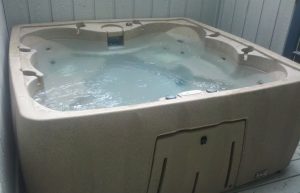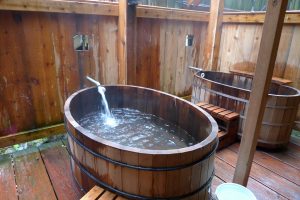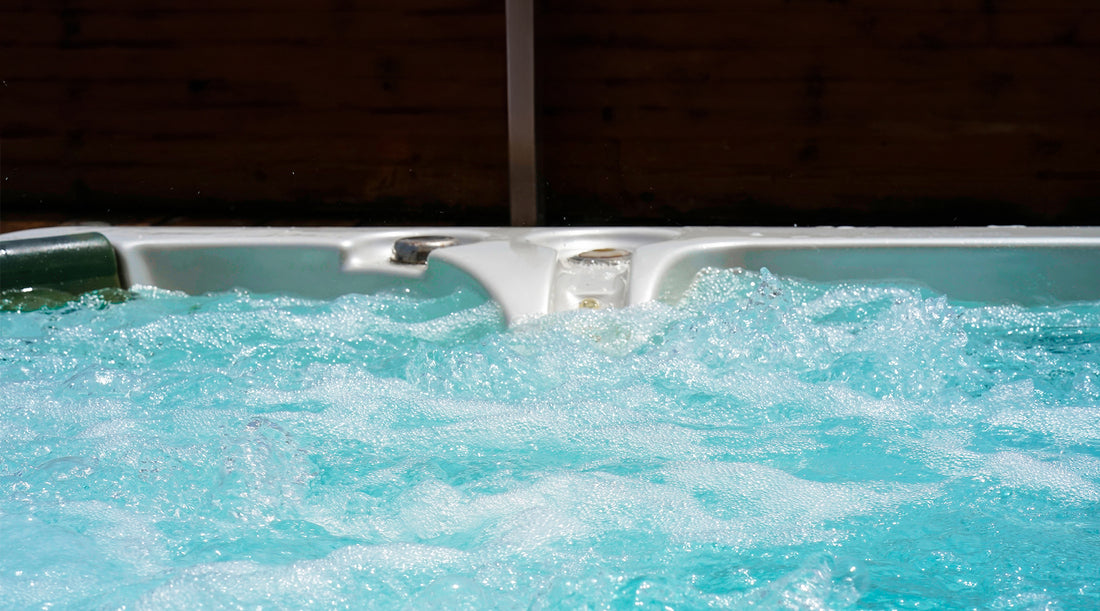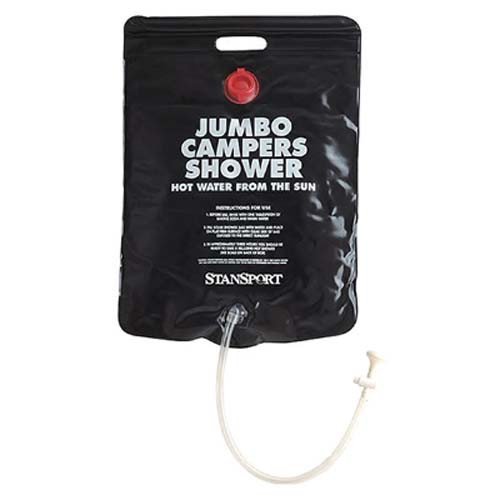 Would you like to relax in a hot tub after a long day of hard work?
Would you like to relax in a hot tub after a long day of hard work?
Soaking in a hot tub seems like one of the many things you’d have to go without in a SHTF situation, but it’s actually pretty simple to build your survival hot tub.
You see, while researching a recent article about ultra-rich preppers, I started wondering what kind of luxuries the average American could buy or build for themselves.
Imagine my surprise when “hot tub” came up as a DIY project. Now to be clear, building a hot tub shouldn’t even be on your “must do” list when bugging out.
But if we’re talking about long-term, off-grid survival, then this is one project you may want to tackle.
Besides, learning how to build new things with your own two hands is one of the pillars of self-reliance, so why not learn about building a survival hot tub?
Survival Hot Tub – How to DIY
Your basic DIY hot tub will have two main components: a tank or tub to sit in and a heating device to warm the water that goes into the tank.
Before you start thinking this is the kind of project that requires a ton of time and materials, here’s two videos showing two vastly different approaches for building your own hot tub.
One performed by a master craftsman:
And another featuring a setup that cost less than $100.
Both projects have a tank and a heating device. The specifics beyond that are left up to personal preference and the availability of different resources.
Building the Tank

You can build a tank from scratch, use one that’s prefabricated, or do a blend of the two.
Here’s a video showing the construction of a “hillbilly” hot tub. The person in this video uses and old IBC container, a steel cage, and some pallets to build their tub.
One thing to note is that only the IBC container and steel cage are truly necessary to get the tub working. The container holds the water, and the cage gives the whole thing stability.
The wood from the pallets is used purely for aesthetic purposes, and I think it looks pretty good considering most of the materials are scrap.
Building the Heat Source

In an off-grid/survival situation, you’re probably going to be using a wood-fired system as your heat source.
In the video above, a hose is sending water into the heat source, but it’s also possible to get water circulating via the thermosiphon principle.
Basically, you make it so that the pipe going into the tub has a constant rise. Since hot water naturally rises (similar to hot air), this causes the water to circulate through the pipe automatically.
Here’s a link to a how-to for building a hot tub that relies on thermosiphon.
This method takes time, and it produces very hot water so be careful when experimenting.
A third component to consider is building a lid to keep less heat from escaping the tub as it fires up.
Benefits of a Hot Tub (In a Survival Situation)
Thanks to indoor plumbing, many of us don’t really have to think too hard about how to maintain our personal hygiene.
The same likely won’t be true in a survival situation, so being able to soak in a survival hot tub can help keep you clean and prevent the spread of disease.
Another benefit is that soaking yourself in hot water helps you relax while also relieving aches and muscle cramps.
Living off the grid means you’ll be dealing with a lot of hardships that people don’t usually face in modern society. You’ll be putting your body through a lot and risking serious injury if you don’t also set aside time to recuperate.
Still, if building a DIY hot tub seems like too much of a hassle, consider adding something like the 5 Gallon Solar Heated Shower to your survival kit.
The durable black plastic shower bag absorbs the heat from the sun’s rays and then when raised above the user, the power of gravity provides a cascade of warm water for an enjoyable shower.
Click here or on the image below to learn more.
If you enjoyed this article, check out some of the recommended links below.
9 Deadly Diseases That Spread After a Crisis
All Survival Frog Camp Hygiene Products
7 Ways To Stay Clean Without Running Water



